Do you have a question about the Carrier WeatherMaker 48KC Series and is the answer not in the manual?
General safety precautions, warnings, and symbols for installation and maintenance.
Explanation of the 48KC model number structure and its components.
Table detailing the rated indoor airflow for different 48KC models for efficiency ratings.
Visual representation of unit dimensions, clearances, and connection points.
Pre-installation checks including local codes, unit location, and overhead obstructions.
Sequence planning for unit installation based on support method, e.g., curb or pad mount.
Inspecting unit for transportation damage and verifying electrical requirements before installation.
Details on supporting the unit, including roof curb installation and leveling tolerances.
Guidelines for fabricating supply ductwork, ensuring proper dimensions and insulation.
Safe rigging and placement procedures for the unit, emphasizing caution with roofing materials.
Instructions for converting the unit to a horizontal duct configuration when required.
Procedures for assembling and installing the outside air hood, including economizer options.
Instructions for installing the flue hood and screen, ensuring proper connection.
Guidelines for gas piping installation, including codes, pressure, and connections.
Procedures for installing the external condensate trap and line, including pitch and trap depth.
Detailed instructions for making electrical connections, including power supply and wiring.
Introduction to the W7220 economizer module and its basic functions.
Details on available sensors for economizer control, including enthalpy and CO2.
Guide to wiring terminals for the economizer module and sensors.
Procedures for testing economizer operation and clearing alarms.
Operation and wiring of the outdoor air enthalpy control system.
Information on factory-installed smoke detectors and their function.
Steps for completing the installation of the return air smoke sensor assembly.
Adjusting factory options like smoke detectors and economizer occupancy switches.
Information on available accessories and their installation guidance.
Procedure for checking and adjusting belt tension using force deflection method.
Section for recording unit model, job name, serial number, address, and technician details.
Verifying unit readiness, including packaging removal, hood installation, and electrical checks.
Steps for initial unit start-up, including electrical and temperature readings.
Specific start-up steps and observations for the Humidi-Mizer system.
| Brand | Carrier |
|---|---|
| Model | WeatherMaker 48KC Series |
| Category | Air Conditioner |
| Language | English |


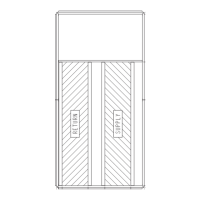

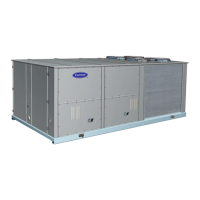



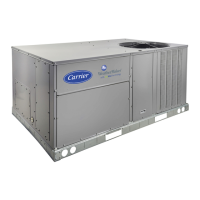

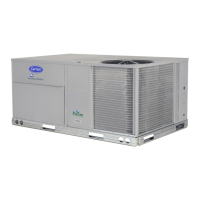
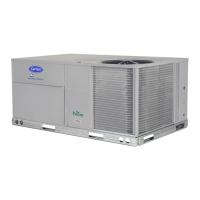
